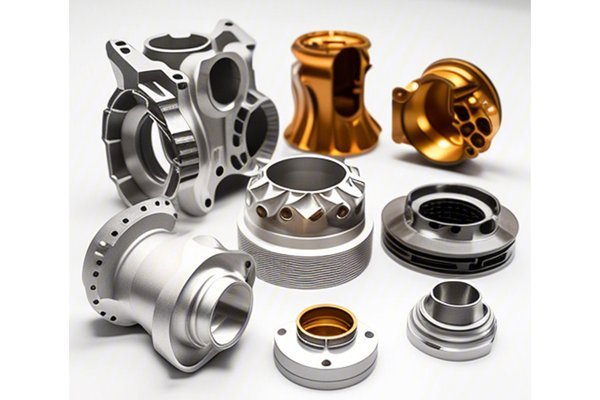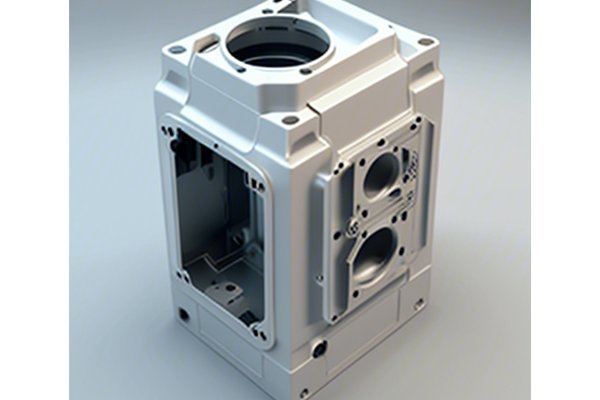Opening: Unveiling the Intricacies of Steel Machinability
Did you know that the machinability of materials can impact production costs by nearly 30% in CNC machining? With the rise of sophisticated manufacturing processes, understanding the differences in machinability among various steel alloys has become critical for engineers and manufacturers alike. Whether you’re working on a small prototype or a large-scale industrial project, the choice of steel alloy can significantly influence not only machining efficiency but also the overall quality of the final product. This blog aims to dissect the intricacies of different steel alloys and offer detailed solutions to optimize CNC machining operations.
—
Understanding Machinability in CNC Machining
Before diving into the differences between steel alloys, it’s essential to grasp the concept of machinability itself. Machinability reflects how easily a material can be cut, shaped, or removed during the machining process. It is influenced by various factors including:
—
Exploring Common Steel Alloys Used in CNC Machining

—
Factors Impacting the Machinability of Steel Alloys
As we established earlier, not all steel alloys are created equal when it comes to machinability. Factors including geometrical complexities, tooling materials, and cooling techniques play pivotal roles. Let’s explore these in more detail:
—
Specific Strategies to Enhance Machinability Across Communities
—
: The Importance of Selecting the Right Steel Alloy
In the world of CNC machining, the choice of steel alloy can define your project’s success. Understanding the differences in machinability allows manufacturers to optimize costs, reduce waste, and enhance product quality. By implementing the strategies discussed, from selecting appropriate tooling to employing advanced cooling techniques, industries can mitigate challenges associated with various steel alloys.
This blog serves as a reminder of the significance of knowledge in material selection and processing technologies. As we push toward more efficient manufacturing processes, the ability to discern the nuances of steel alloys in CNC machining becomes an invaluable asset. So, the next time you’re faced with milling or turning a steel part, consider the alloy’s machinability and apply the solutions outlined here to ensure optimal outcomes.
—






